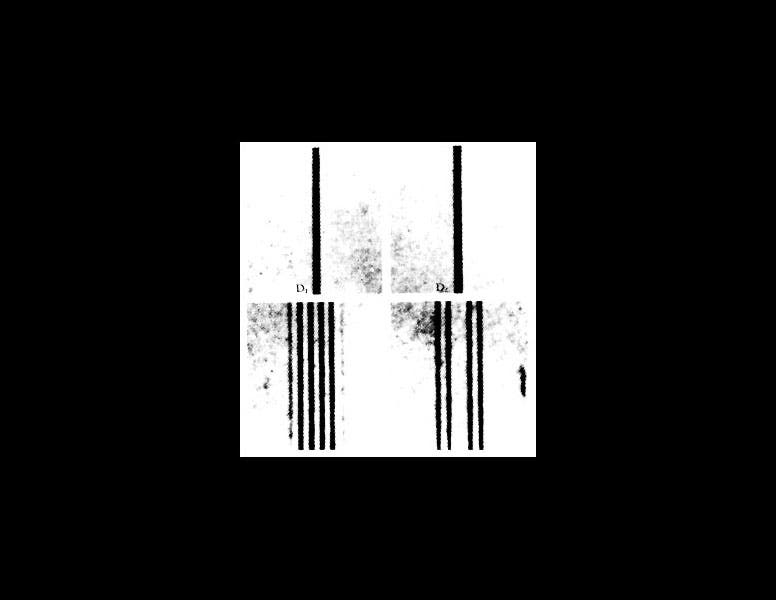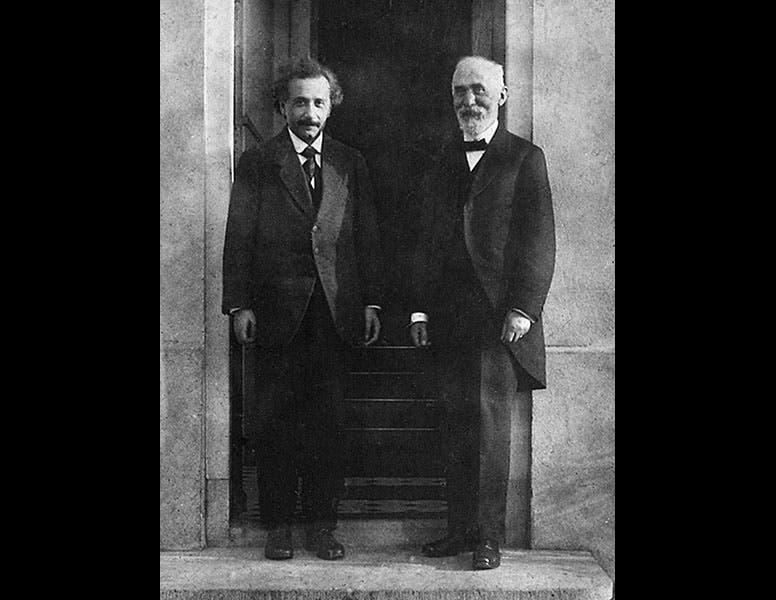Scientist of the Day - Pieter Zeeman
Pieter Zeeman, a Dutch physicist, was born May 25, 1865. In 1896, Zeeman discovered that when an element is burned in a flame to produce a spectrum and is subjected to the influence of a magnetic field, the spectral lines are doubled, tripled, or quadrupled. This is known as the Zeeman effect, and at the time it was quite perplexing, because the electron had not even been discovered in 1896. We now know that the Zeeman effect is the result of the fact that electrons have spin, and in a magnetic field, electrons of opposite spin have different transition energies when they change orbits, producing multiple spectral lines instead of one. Zeeman’s discovery was announced by Oliver Lodge to the Royal Society of London in early 1897, who added his experimental confirmation of the effect, and was printed in their Proceedings, and a notice also appeared in Nature that same year. Since neither of these short papers included any images of the multiplied spectra, we include one above (second image) that Zeeman supposedly took himself and which has crept onto the pages of Wikipedia.
In 1902, Zeeman received the Nobel Prize in Physics for his discovery; he shared the award with Hendrik Lorentz. Both were later photographed with Albert Einstein; in the first image, taken in 1920, Zeeman is on the left, with Paul Ehrenfest at the right. Lorentz posed with Einstein in 1921 (third image).
Both Zeeman and Lorentz were buried in the General Cemetery in Haarlem in the Netherlands. We could find no image online of either of their gravestones, which seems a shame.
Dr. William B. Ashworth, Jr., Consultant for the History of Science, Linda Hall Library and Associate Professor, Department of History, University of Missouri-Kansas City. Comments or corrections are welcome; please direct to ashworthw@umkc.edu.









